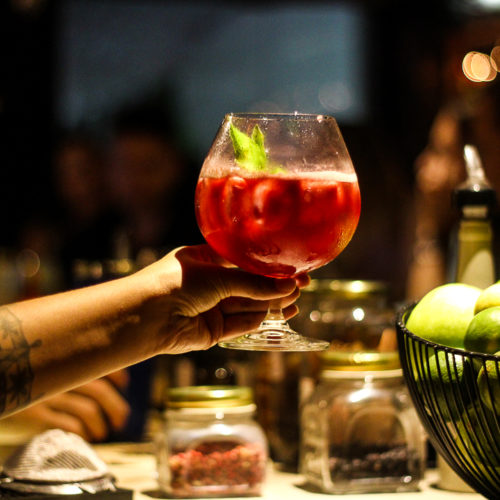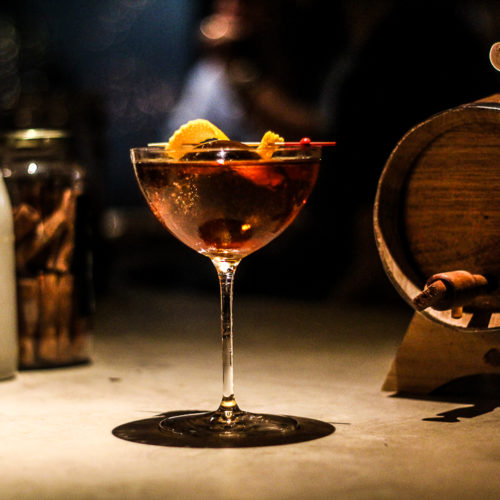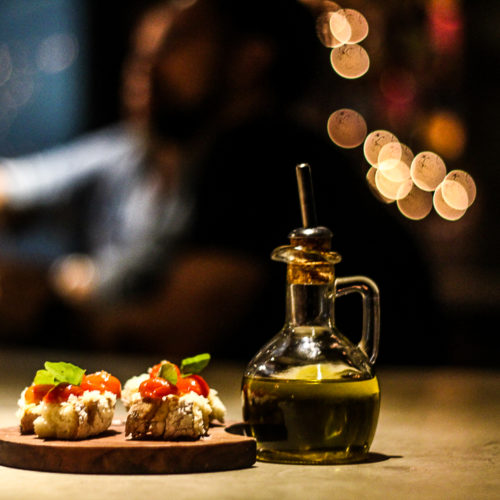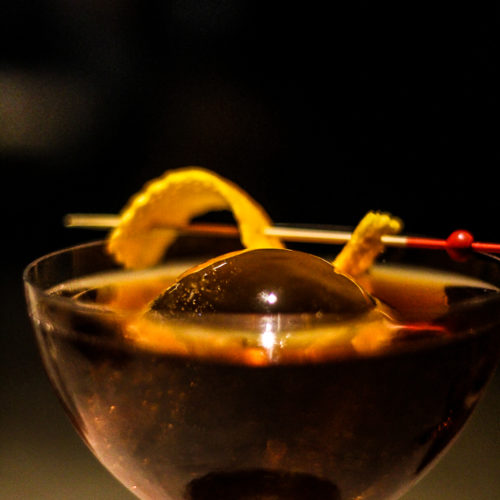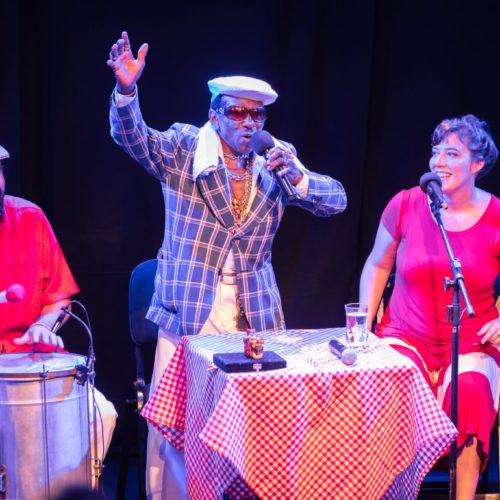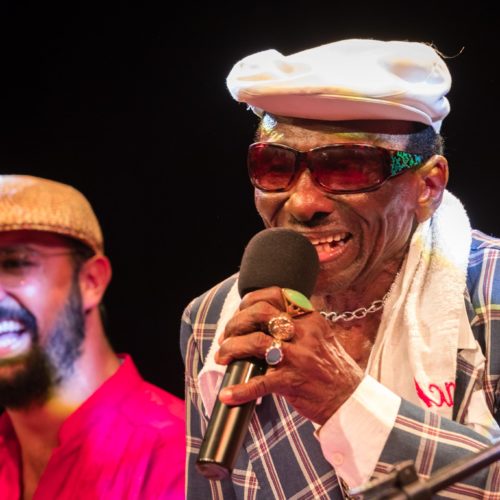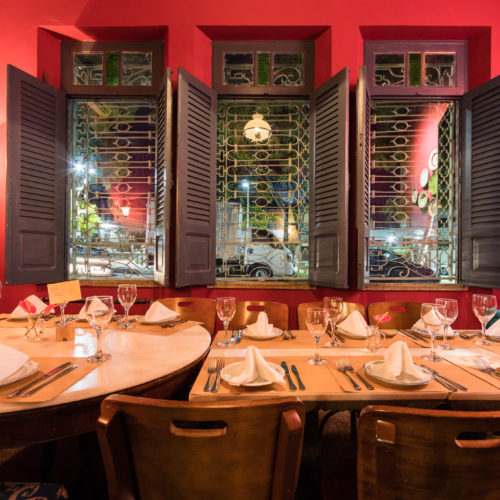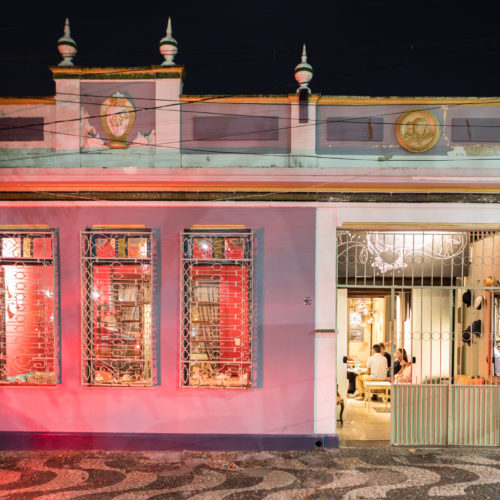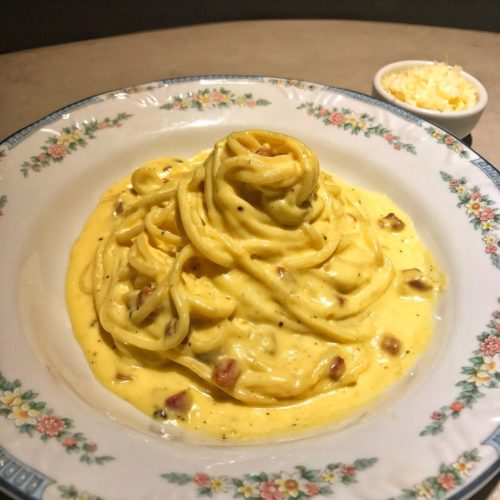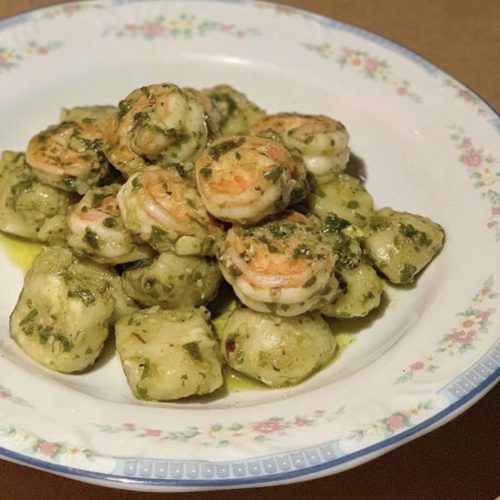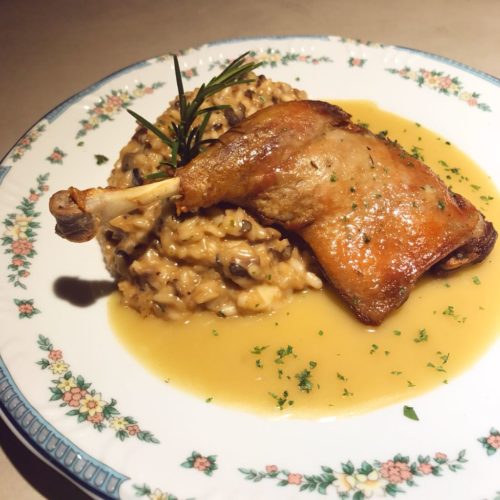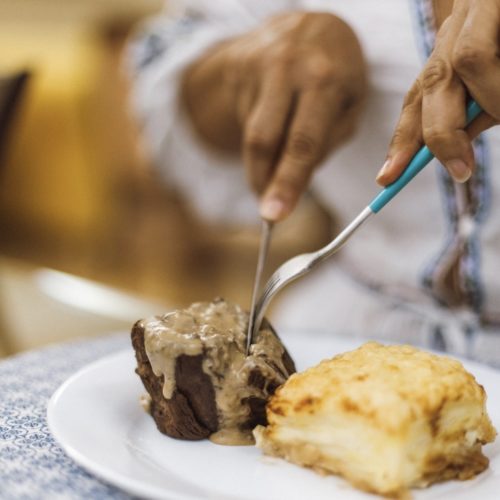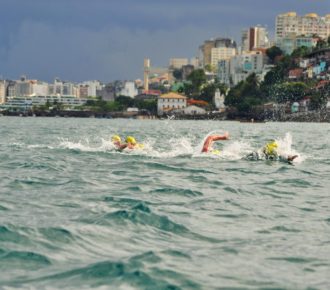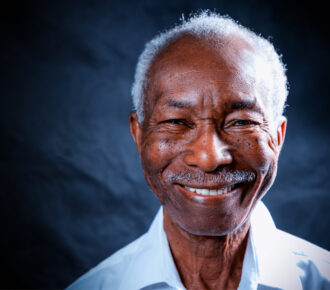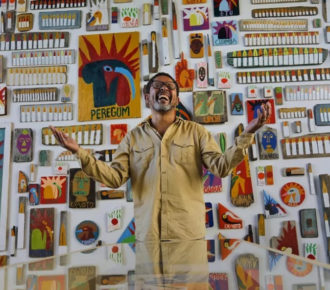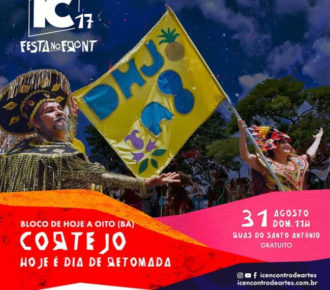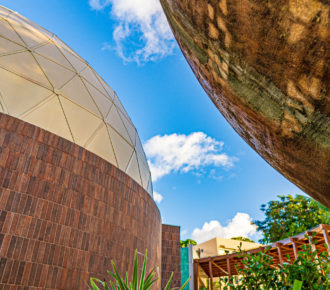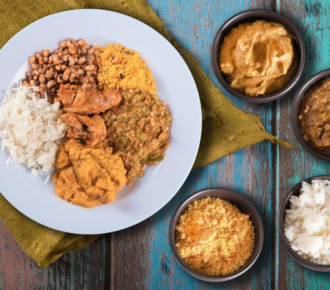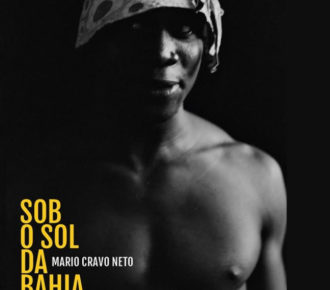
Faith, samba and tradition in the same neighborhood
Samba singer Riachão took Garcia’s name to the world
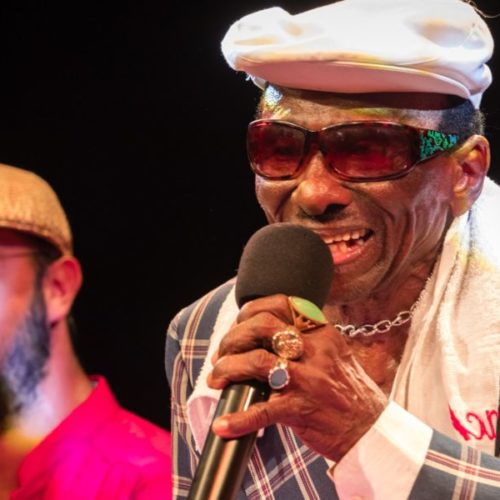
From Carnival to Christmas, Garcia doesn’t stop. Located in the central region of Salvador, it is close to Campo Grande and is one of the most effervescent neighborhoods in the city in terms of culture. The neighborhood got its name from Conde Garcia D’Ávila’s farm, which occupied an area with half the current territory of Bahia. The farm gate was in the area where Colégio Edgard Santos is located today. Garcia D’Ávila lived in the Conde dos Arcos Palace, which today is part of the Dois de Julho Foundation, covering Colégio Dois de Julho and Faculdade Dois de Julho.
The neighborhood is in the access next to the Castro Alves Theater. In addition to Colégio Dois de Julho, there are two other traditional educational spaces in the city: Colégio Antônio Vieira and Sacramentinas – both founded by Catholic missions. The neighborhood has a strong religious connection. It also houses the headquarters of the Archdiocese of Salvador and the Chapel of the Holy Family (Capela Sagrada Família), former school of Dorotheas.
But it was the samba musician Clementino Rodrigues, better known as Riachão (1921 – 2020), that made the neighborhood’s name win the world through his compositions. Cradle of samba, the neighborhood is still the headquarters of the traditional carnival block “Mudança do Garcia”.
Learn more about this part of Salvador, which combines faith, samba and tradition in the same neighborhood.
The samba
Clementino Rodrigues, better known by the nickname Riachão (1921 – 2020), was one of the most important Brazilian samba players. Born and raised in the Garcia neighborhood, in the 1940s and 1950s, his irreverent sambas gained strength on the radio in Bahia. Always with his washcloth on his shoulder, he made a point of talking about his humble origin through the streets of the neighborhood.
His compositions were performed by great names in Brazilian music. He was the author of the song “Cada Macaco no Seu Galho”, which was chosen by Caetano Veloso and Gilberto Gil to mark their return to Brazil in 1972, after political exile during the military regime in Brazil. Riachão also composed “Vá Morar com o Diabo”, sung by Cássia Eller. The album “Humanenochum”, released by the Caravelas label in 2000, was nominated for a Latin Grammy.
Garcia is a known stronghold of the “partido alto”* in Salvador and there are always good samba circles in the bar and restaurant “Aconchego da Zuzu” and in “Casa de Pedra”.
Nice food
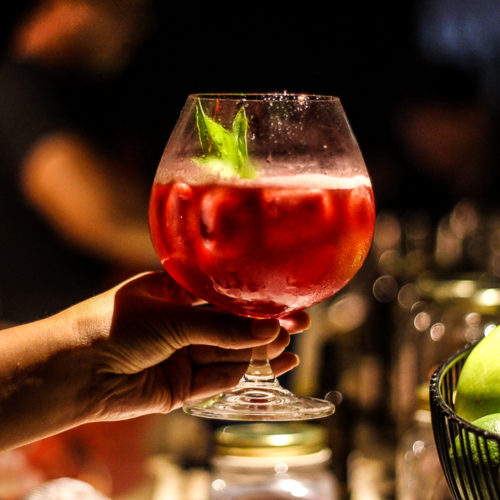
It is said that Giovanni Tussato, supposedly the first pizzaiolo in Brazil, would have opened in 1917, in the Garcia neighborhood, the first pizzeria in Salvador. Although there are no historical documents to prove the fact, one certainty is that the Garcia neighborhood has great gastronomic options for different styles.
One of the most traditional is “Aconchego da Zuzu”, founded by the matriarch of the Barrozo family: Juvência dos Santos Barroso, known as Dona Zuzu. She lived for 103 years and left her passion for the Garcia neighborhood as well as her recipes, which are still famous today, and attract tourists and Bahians who want to taste delicious dishes prepared with authentic Bahia palm oil.
For those who want something more contemporary, a good option is “Larriquerri”, led by Rosa and Gabriel Guerra. Be sure to try the carpaccio small bags, sweet potato gnocchi with shrimp in pesto sauce and tapioca pudding. For drinks, the tip is LarriBar, a place with an intimate and cozy atmosphere. The creativity in the signature of the cocktails is noteworthy, and the Larribar snacks are not far behind.
Mudança do Garcia
Carnival Monday is synonymous with “Mudança do Garcia” at the Osmar circuit in Campo Grande. The carnival block appeared in 1926, with the name “Arranca-Tocos”, created by ex-policemen. Later, it was called “Faxina do Garcia” and, later, already in the 1950s, at the suggestion of the then councilman Herbert de Castro, it gained its definitive name. But the history of the traditional block’s name has another version: they say that samba singer Riachão’s father would have expelled a prostitute from the neighborhood. The woman’s moving became “Mudança do Garcia” because it was made with a mix of samba and protest.
In the book “História do Carnaval da Bahia – 130 Anos do Carnaval de Salvador” (History of Carnival in Bahia – 130 Years of Carnival in Salvador), journalist and researcher Nelson Cadena explains that the block had 100 thousand participants in its heyday. The tradition, even today, remains the same: a parade that mixes samba, joy, representativeness and social protests.
* Partido-alto is one of the most traditional sub-genres of samba, a samba style that emerged in the early twentieth century in the process of modernizing urban samba in Rio de Janeiro.

